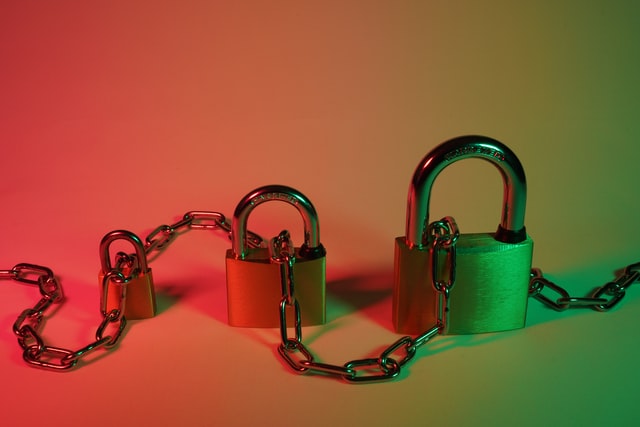When you’re creating a website, it’s important to take security into consideration. This means implementing measures to protect your site from hacking and other cyberattacks. In this article, we will discuss some of the precautions you need to take when building a website.

1 – Web Hosting
Choosing a reliable web host is important as your site will be hosted on their servers. When you buy web hosting, go for a reputable and trusted company. This will save you trouble down the road because if your website gets hacked, it will be the web hosting company that is responsible for cleaning up the hack. By reading information available at Jolt, you can clearly see that it is important that a cloud server delivers reliability and a “suite of tools to help you succeed online”. If you’re just starting out, you can use free web hosting services such as Blogger or WordPress.com, but these can be limiting in terms of design and functionality, so you’ll need to upgrade in order to get a more appealing and functional website. It may also be worth choosing a more expensive hosting package as they often have more invested in cyber security.
2 – Frames
Using frames on your site can potentially leave you open to cross-site scripting attacks. These occur if someone manages to exploit the hyperlink within the frames, causing it to redirect to an external site that is not under your control. This allows hackers access to edit and change areas of your website. If you decide that you must use frames, make sure that they are programmed so that any hyperlinks within them go to an internal frame or window that is not editable by the user.
3 – Java
Java scripts can help improve the usability on your site, but if hackers manage to exploit the coding there are plenty of ways they can cause damage. This could include erasing files, defacing your website, or even stealing your passwords. To keep java scripts safe and out of sight, consider hosting them on a server other than the one you use for web hosting. Another option is to encrypt the coding so it’s unreadable by humans which would reduce its value to anyone trying to access it.
4 – Image Files
It’s recommended not to store images on your server. This is due to the fact that image files can be considerably larger, leading to a slow loading time and an increased risk of hackers finding and exploiting any vulnerabilities within them. If you really need to upload images directly onto your site, make sure they’re not linked from anywhere else as this would allow anyone who has found it to gain access to everything on your server.
5 – E-Commerce Sites
If you have an e-commerce site selling products online, you need to ensure your website is secure so as not to ensure as many cyberattacks as possible are prevented. This means using SSL certificates which encrypt users’ data when making payments or entering sensitive information such as credit card details into forms on the website. It also means not using weak passwords on your website, as well as storing credit card details cyclically so they can’t be stolen.
6 – Security Checklists
Checklists are a great way to keep track of everything you need to do when designing and creating a website. This means if anything is missed out your web developer won’t accidentally implement the glitch into the final site design. These checklists should include things such as: don’t use hosting companies with poor ratings, check for cross-site scripting vulnerabilities, check all java scripts have been encrypted, and regularly backup and test your site in case something goes wrong so you can fix it quickly before it causes any damage.

Building a website with the appropriate security measures in place is important for both protecting your site and creating an enjoyable user experience. For example, frames should be programmed so that any hyperlinks within them go to an internal frame or window that is not editable by the user. If you use java scripts, there are plenty of ways hackers can exploit them so make sure their coding is well-hidden and out of sight. It’s also worth noting that image files can often slow down web pages due to their size – it may be preferable to upload images directly onto your server rather than store them on it if possible. If you’re running an e-commerce site selling products online, you need to ensure your website is secure so as many cyberattacks as possible are repelled.
This means having a secure connection between your site’s server and the user’s browser, encrypted passwords stored on databases, and customers’ credit card details cyclically so they can’t be stolen. Checklists are a great way to keep track of everything you need to do when designing and creating a website.